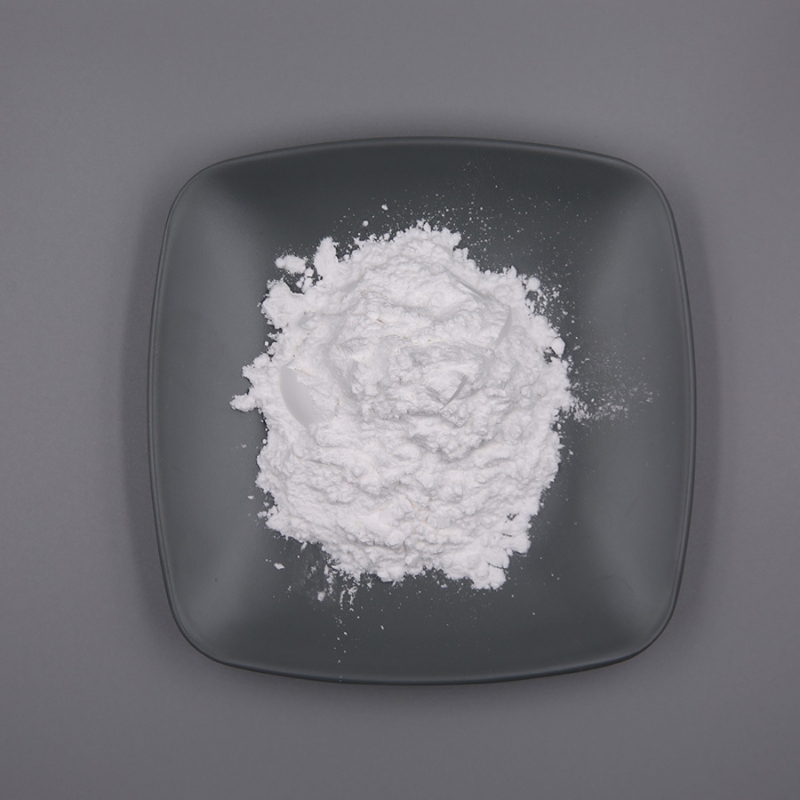-
Categories
-
Pharmaceutical Intermediates
-
Active Pharmaceutical Ingredients
-
Food Additives
- Industrial Coatings
- Agrochemicals
- Dyes and Pigments
- Surfactant
- Flavors and Fragrances
- Chemical Reagents
- Catalyst and Auxiliary
- Natural Products
- Inorganic Chemistry
-
Organic Chemistry
-
Biochemical Engineering
- Analytical Chemistry
-
Cosmetic Ingredient
- Water Treatment Chemical
-
Pharmaceutical Intermediates
Promotion
ECHEMI Mall
Wholesale
Weekly Price
Exhibition
News
-
Trade Service
they developed and evaluated four methods for detecting SARS-CoV-2 antibodies, as well as two methods for detecting and mesothing antibodies.
these test methods, known as laboratory assays, are the first phase of a COVID-19 epidemiological study, which was recently published in the journal Science Translational Medicine.
assessing the prevalence of asymptomatic and symptomatic SARS-CoV-2 infections and their antibody response spectrum is an important part of containing the outbreak and clarifying how the virus is transmitted.
, PCR testing methods are widely used in France and around the world to diagnose COVID-19 and to detect and quantify SARS-CoV-2 RNA.
these virological testing methods are essential for identifying and monitoring active infections.
Photo Source: factly.in(6) Nat Med: Developed a rapid detection method for the detection of SARS-CoV-2 antibodies in human blood doi:10.1038/s41591-020-0913-5 A new study describes a test that can detect the presence of SARS-CoV-2 virus antibodies in the blood of a person.
test, which was tested in 16 patients, may help identify individuals in the bleeding plasma that contain SARS-CoV-2 antibodies that may be used to treat other patients.
the findings were published in the journal Nature Medicine.
methods for detecting the presence of SARS-CoV-2 RNA are widely used to diagnose COVID-19.
, however, testing methods that can detect the presence of viral antibodies may help determine infection rates in populations.
, researchers developed an enzyme-linked immunosorption test that can be used to detect the presence of SARS-CoV-2 antibodies.
for this test, they built two versions of the prickly protein (S protein) found on the surface of the virus.
S-mediated SARS-CoV-2 virus enters the host cell and can be targeted by antibodies produced during other coronavirus infections.
the first version contains the complete S protein, while the second version is limited to the subject binding domain of the S protein (a small portion of the S protein).
: The new method detects SARS-CoV-2 antibody doi:10.1021/acs.analchem.0c00784 In 10 minutes, public health officials are trying to understand how many people are infected as the COVID-19 curve shows signs of flattening in the United States and elsewhere.
now, a proof-of-concept study in the journal Analytical Chemistry describes a fast and sensitive test for detecting coronavirus antibodies in human blood.
the test could help doctors track a person's exposure to the disease and other methods to identify suspected COVID-19 negative cases of 1.
because the symptoms of COVID-19 range from mild to severe, and some people are clearly asymptomatic, the number of people infected with SARS-CoV-2 virus may be much higher at some point than the number of confirmed cases.
as U.S. states begin to ease restrictions on segregation, extensive testing of the general population will be important for finding people in the early stages of the disease, or those who have no symptoms but are still able to infect others.
addition, although more research is needed, it is possible that people with antibodies to the virus may be immune to future COVID-19 outbreaks.
to help identify people who have been exposed to SARS-CoV-2 in the past, the researchers hope to develop a fast and sensitive antibody test.
: ACS Nano: New COVID-19 test method for rapid and accurate detection of SARS-CoV-2 virus doi:10.1021/acsnano.0 c02439 The new coronavirus SARS-CoV-2 (previously known as 2019-nCoV) causes coronavirus disease (COVID-19) in 2019 and is now raging around the world.
millions of people have tested the new coronavirus, mostly using kits that rely on polymerase chain reactions (PCRs).
this sensitive method can amplification of SARS-CoV-2 RNA from patient swabs so that very small amounts of viruses can be detected.
, however, this laboratory approach is showing signs of strain as the COVID-19 outbreak spreads rapidly.
now, in a new proof-of-concept study, researchers from several Swiss research institutions have developed a potentially more accurate diagnostic method based on plasma photothermal biosensors, the results of which are published in the journal ACS Nano.
experts agree that expanding testing is critical to controlling the spread of COVID-19.
, however, testing has lagged in many countries, including the United States, owing to limited availability of certain reagents and a large backlog of samples awaiting existing PCR instrument and laboratory staff.
, many false negative and false positive test results have been reported.
other methods, such as CT scanning and cell culture, do not provide fast or real-time results.
Wang and his colleagues hope to develop a faster and possibly more accurate COVID-19 test to detect the SARS-CoV-2 virus, which could be a practical alternative to PCR.
: Nat Biomed Eng: Research and development of new rapid SARS-CoV-2 tests based on new plasma fluorescent biomarker technology! Doi:10.1038/s41551-020-0547-4 Engineers at the McKelvey School of Engineering at Washington University in St. Louis have received federal funding for the rapid testing of COVID-19 using a newly developed technology.
Srikanth Singamaneni, a professor of mechanical engineering and materials science at
, and his team have developed a fast, highly sensitive and accurate biosensor based on ultra-bright fluorescent nano probes, which have the potential for wide application.
, an ultra-fluorescent nano-probe called plasma fluorescence, can also be used with limited resources







